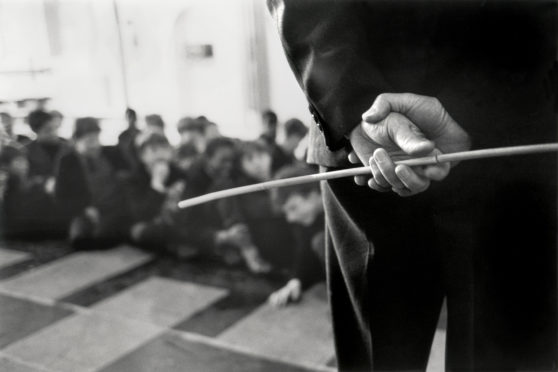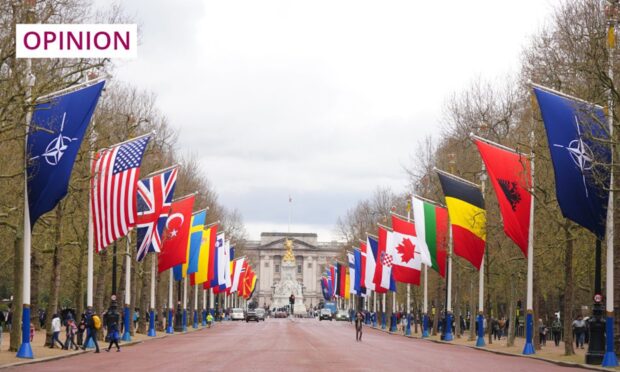At last Scotland has become the first in the UK to join other more enlightened countries like Sweden, Norway, Austria Finland and Denmark and banned the smacking of children.
According to various reports, countries that ban smacking appear to be safer for young people to grow up in. Research has revealed that fighting between youths is less common where corporal punishment has been outlawed.
Experts say the study adds to a growing body of evidence that punishing children by smacking, slapping or spanking them can lead to later harm. This has led to renewed calls for policymakers to ban such practices in both schools and the home.
When I was at school, teachers were allowed to use the belt. Some used it more liberally than others. Often the punishment was excessive and certainly did not fit the crime. At primary school a teacher named Mr Morrison punished me by telling me to place my hands on the desk, which he then rapped with a wooden ruler. My crime was that I dropped my book onto the floor. At secondary school I was taken out and severely belted for talking in class by my technical drawing teacher, a Mr Haggard. From that day forward I hated technical drawing and never really settled into it.
In contrast I had a maths teacher, Mr Gray, who was very entertaining and his maths class was really enjoyable. I did much better in that subject. There was no fear of being assaulted I was attached to it.
Sanctions that teachers used to have no longer exist today. The world has moved on. No more lines (I must not talk in class unless asked to do so) having to be written out 500 times and no detention, which involved being kept back after school finished at the teacher’s discretion.
I’m glad these things have gone because they were not conducive to an atmosphere of positive learning.
But today, teachers are struggling with difficult pupils and assaults against teachers higher than ever and that is unacceptable.
What is not clear is what can be done about it.
Certainly smaller classes produces more effective learning, but this requires investment, and local authority budgets are being severely constrained. Governments at all levels need to learn that investments in our young people is not money wasted. Perhaps then they will stop closing youth centres and cutting outreach workers and classroom assistants.
Frequently when there is a difficulty the parents automatically blame the school and not their child’s behaviour. Perhaps we should punish the parents?
I’ve long believed that there is no such thing as bad children just bad parenting. Children come into the world in all innocence. It is wrong that in order to teach them good behaviour and manners that you need to hit them.
I had a friend whose father beat him to the point of collapse over a haircut. In today’s world that man would have been jailed.
My father never lifted a hand to me, but the threat of “wait till your father gets home” always made me think hard about what I had done wrong. On one occasion the police stopped me for riding my bicycle without lights. They took my name and address and told me they would be paying my father a visit. They never did call, but I worried about it for days and I never used my bike without lights again!
And that’s where discipline and good behaviour begins – in the home. People often speak about education as being delivered in school but life in the home has a greater influence.
When I see children being dropped off at school by parents in their onesies, parking their vehicles in the restricted zones, failing to use basic manners, I wonder what message are you sending our to your children? Don’t worry about the rules, you don’t have to follow them? In a café recently, I witnessed two mothers drinking their coffees letting their children run riot disturbing other customers. At one point one of the children knocked over a glass vase which smashed onto the floor. Even then when the waitress cleaned up the mess, nothing was said to the child. No apology offered and the child thinks that kind of behaviour is acceptable.
What children need is a trusted adult who can listen to them, guide them and show them what is and isn’t acceptable in today’s world
We have seen how adults have let children down in the past. The saying ‘children should be seen and not heard” covered a distasteful period in our history where celebrities, religious leaders, law enforcement agencies and politicians all failed our children.
This is a long way from smacking but making that acceptable has created problems in society before. There is no such thing as reasonable chastisement. If you strike a child It only sends out a message that its OK to hit someone.
So the next time someone says to you “ I was often smacked as a child and it never did me any harm.” Step back, take a long look at them, and say really?
Len Ironside is a former champion wrestler who served as an Aberdeen councillor for 35 years, four years as council leader










